
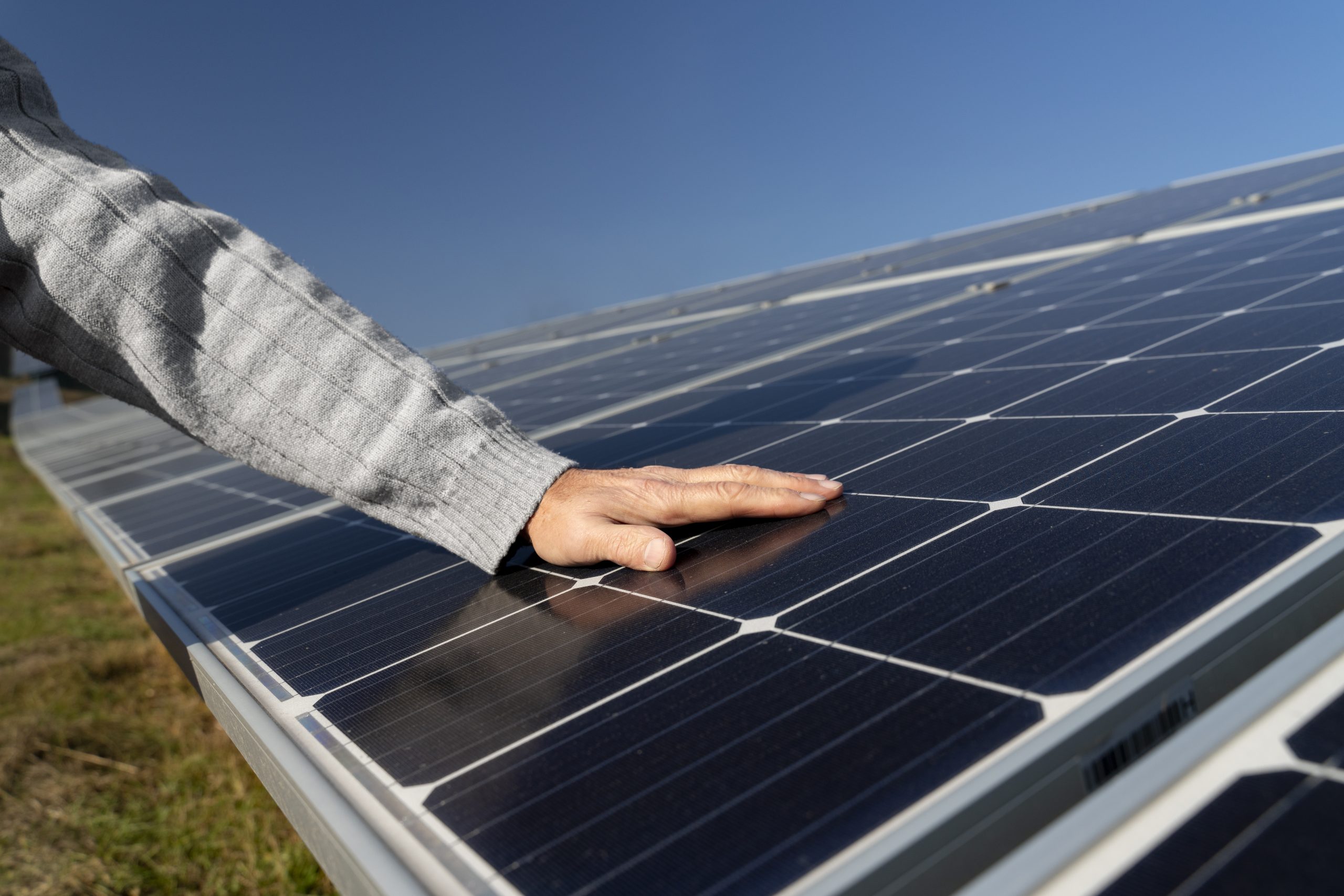


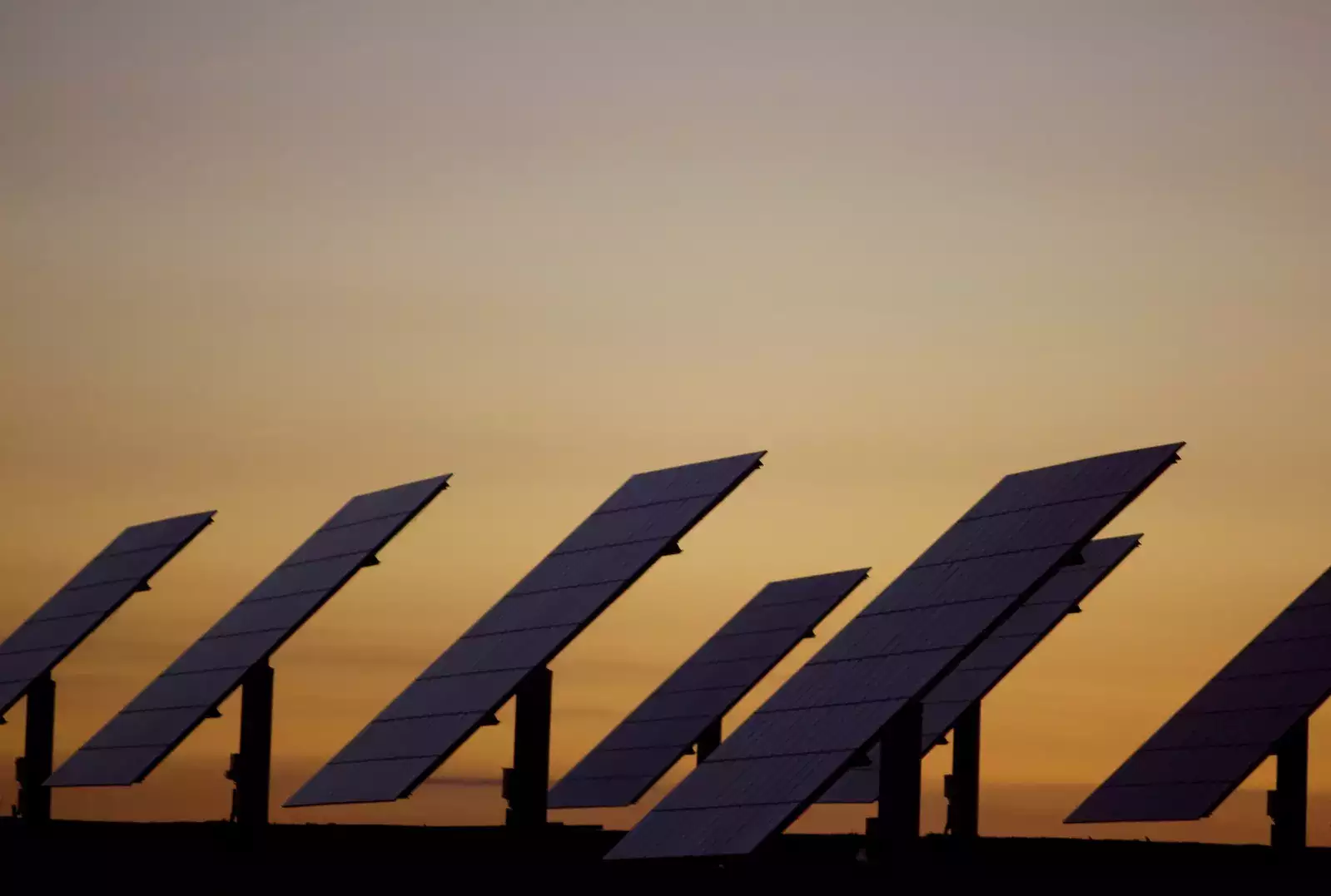
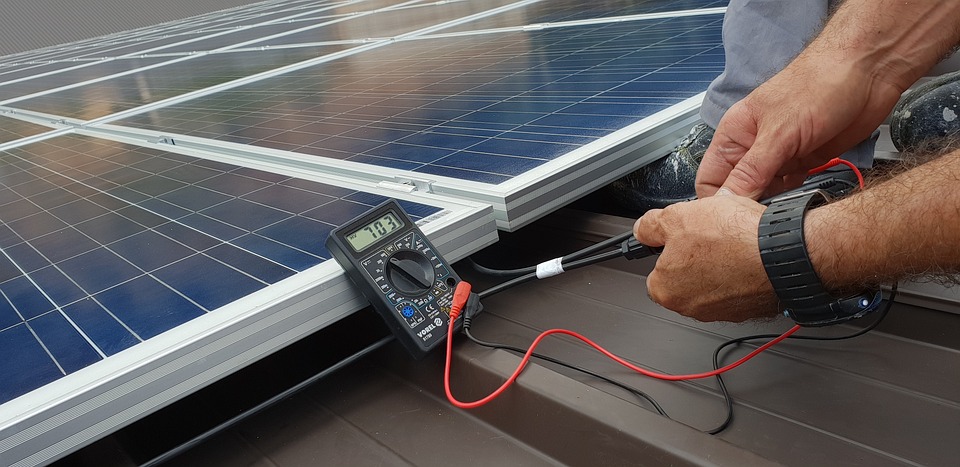
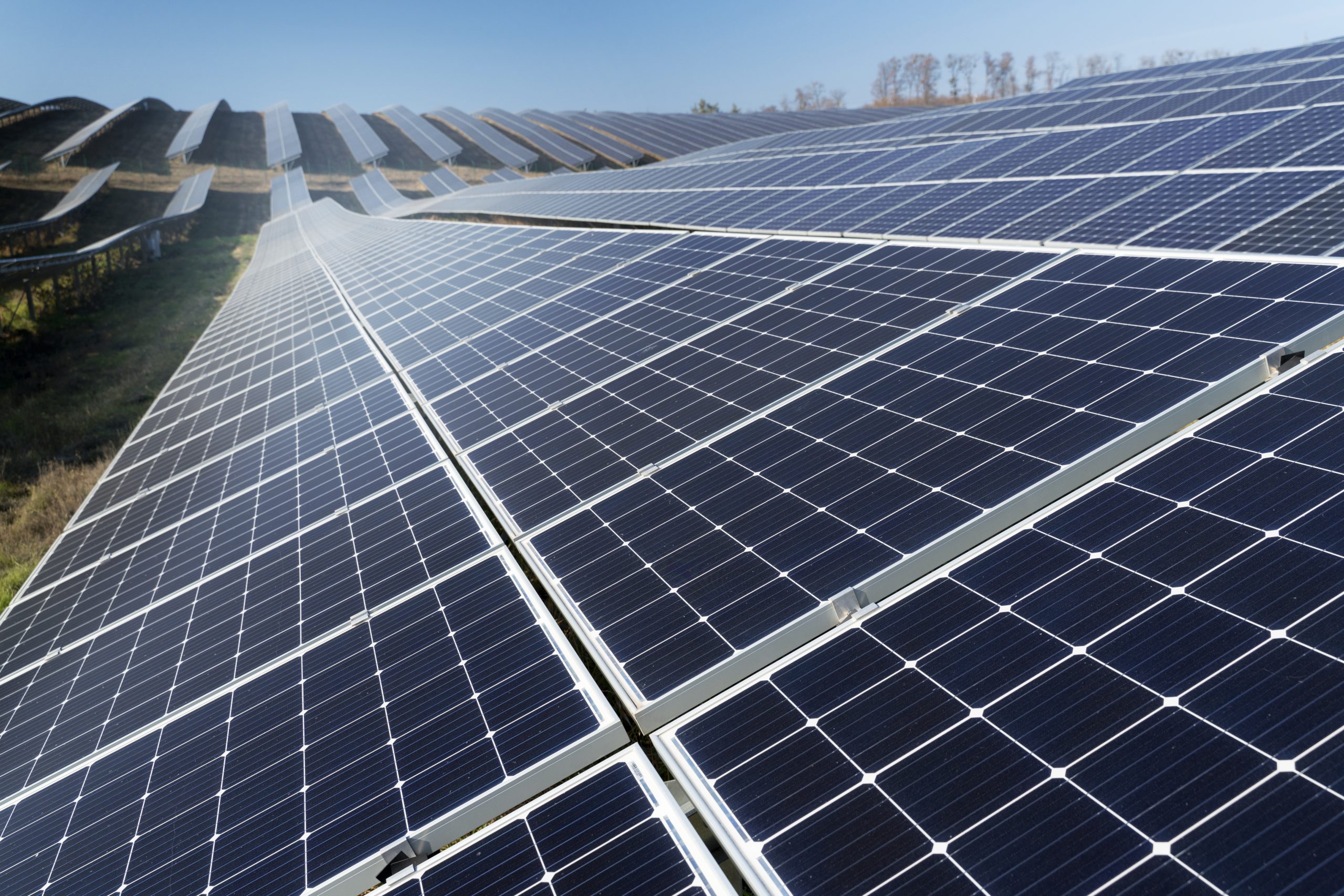
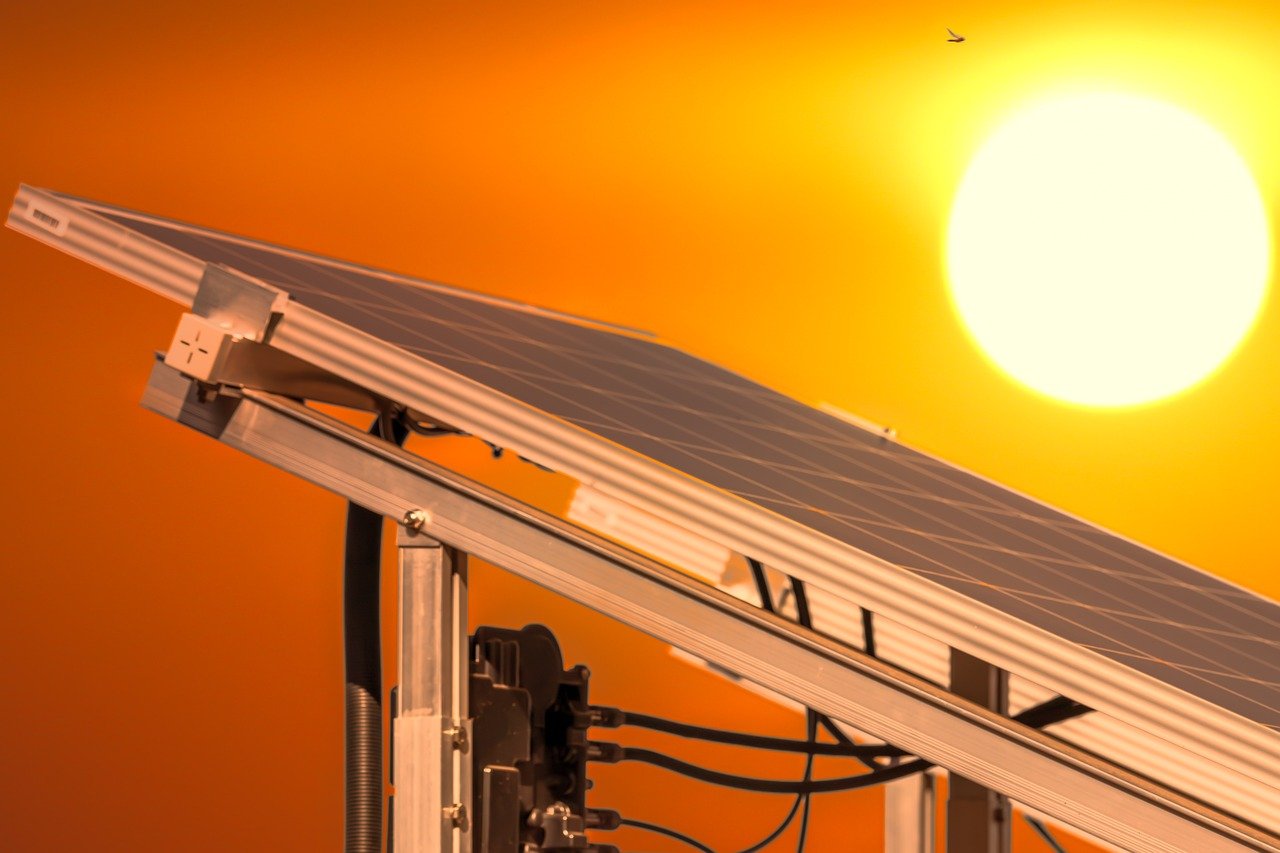

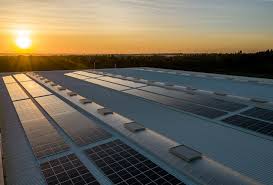
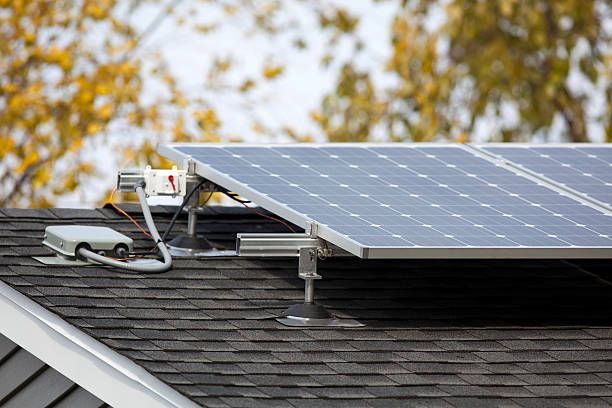
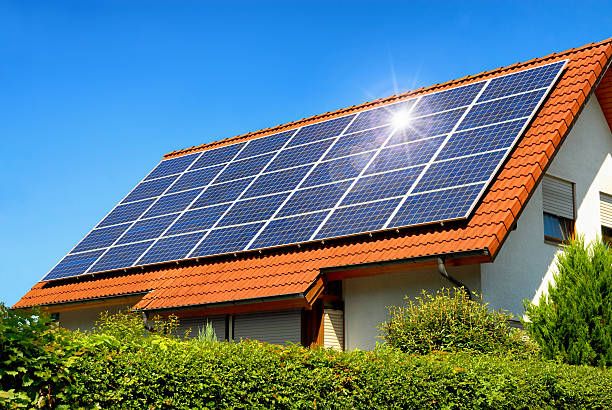
Ever imagined, instead of installing solar-powered plants on earth where their efficiency decreased due to clouds, unavailability of sunlight during the night, etc. if we covered them/ wrapped them around the sun what would have happened?
Possible answers can be – It might affect our planet's growth due to insufficient sunlight necessary for plants and animal species to survive and thrive, or the Solar Panels will burn, or the transmission through microwaves can be very dangerous back to earth.
The earth has an energy problem. However, energy consumption has been modest for most of human history. People relied on caloric energy from the food they consumed or the power of animals to complete their daily tasks. The burning of biomass such as wood was the largest source of energy. Then came the Industrial Revolution in the 1800s and the rise of the sacred energy trinity of coal, natural gas, and oil. These are all non-renewable fossil fuels.
Annual global energy consumption is currently estimated at 580 million terajoules. This is about the same amount of energy that all 7.5 billion people would consume if he boiled 70 kettles of water an hour every day for a year. 80% of this energy comes from fossil fuels. Fossil fuels are one of the major pollutants of global warming, which is damaging the planet at almost every stage. Extraction of fossil fuels, primarily through mining and drilling, damages land, threatens the health and safety of miners and causes water and air pollution. Refining and refining fuels into a usable state leave behind excess waste that is disposed of in ways that are harmful to the environment and community health.
Long-distance transportation of fossil fuels can also cause pollution of its own, leading to catastrophic incidents such as oil and gas spills. Burning fossil fuels also releases soot, which can lead to health effects such as chronic bronchitis, exacerbation of asthma, and sulfur dioxide and nitrogen oxides that lead to acid rain. Most importantly, it releases carbon dioxide, a greenhouse gas that traps heat in the atmosphere and causes global warming.
A hotter, drier climate is fueling both the Australian wildfires and the California wildfires, literally setting the planet on fire. We don't get it. The sun emits about 3.86 x 1026 watts of energy at any given moment, which is 7 x 1017 times the energy we need. Haven't used it yet.
In 1960, the British-American theoretical physicist Freeman Dyson first speculated about the Dyson sphere. This is a hypothetical megastructure that orbits a star and captures most of its power. A Dyson sphere is not a literal solid sphere surrounding the sun. It is physically impossible to achieve the enormous tensile strength required with current technology.

These solar panels are very large, lightweight mirrors that focus the sun's radiation to a focal point (a heat engine combined with solar cells) where it is converted into useful work and spread throughout the universe for use elsewhere. radiated to They had to work for a long time without repair, be cheap to manufacture, and were most often made of polished metal foil glued to some support.

The sun is so huge that the entire planet would have to be dissected to surround it with solar panels. The easiest victim would be Mercury — closest to the Sun, with no atmosphere, only about a third of Earth's surface gravity, composed of 30% silicates and 70% metals, and a large planet. The part is iron or iron oxide used in flocks.
The first power generation source will be his 1km2 array of solar panels built on Mercury itself, then launched into space. They provide the power to move miners to open pit mines on the planet's surface and refineries, extracting valuable elements and processing them into swarm plates. This creates a feedback loop in which the removed matter is processed by Solar Captor, which produces energy, allowing more matter to be removed. One-tenth of the total energy is used to propel matter into space. Taking advantage of Mercury's low gravity, high-capacity drives like railguns could be used to hurl panels into space at high speeds, much more efficiently than using rockets. The entire process is run by an army of automated robots overseen by a small group of human controllers.
Assuming that the overall efficiency of Solar Captor is 1/3, that it takes 5 years to process the material into Solar Captor and put it in the correct orbit, and that half of the material on the planet is suitable for building Solar Captor. Mercury itself will then completely dissolve in 31 years and 85 days due to its exponential growth.

As shown in the above figure, power availability initially increases in five-year cycles, which gradually smooths out to become linear.

Harnessing even a fraction of the sun's energy in a Dyson sphere can power projects such as terraforming planets, forming space colonies, and building other megastructures like stellar engines.
So if building a Dyson Sphere could solve the energy problem and provide nearly unlimited energy in terms of today's energy consumption, why hasn't it happened yet? At least for now.
Dyson spheres were originally conceived as a way for intelligent extraterrestrial civilizations to meet their energy needs after gaining the ability to use and store all the energy available on Earth. So the aliens already had a Type 1 civilization on the Kardashev scale. The Kardashev scale is a way of measuring technological progress based on the amount of energy a civilization can consume. The Dyson Sphere is an indicator of the transition to a Type 2 civilization that can use and control energy at the level of planetary systems, and the eventual evolution to a Type 3 civilization that can use energy to control the galaxy at the level of a host-wide. We're not yet at the threshold of being a Type 1 civilization, so trying to build megastructures around the sun is probably not a good idea.

Building the Dyson Sphere is mankind's biggest and most ambitious project, and will require global collaboration on a level we have not yet reached. We also don't have the technology yet to accomplish some of the steps.
Plan to dismantle Mercury until the planet is completely disassembled. The deepest mine on earth, the Muponeng gold mine is 4 km deep. Mercury's radius is 2,439.7 km. It is also said that mercury is mainly mined by robots, but there are not even mines on Earth yet. There is also the problem of the wasteful mass of Mercury turning into debris. The transfer of energy to Earth poses another problem. Wireless transmission of electricity is possible, but not so easy. Microwaves can transmit electricity, but the farthest scientists have been able to reach is 148 km, and most of the energy is lost. There is also the option of lasers, but their range is also limited. It is currently not possible to transmit any of that glorious solar energy across the 102.1 million km between Mercury and Earth.
There are still many solutions to our energy problem right here on Earth that we haven't yet exhausted.
If energy use is limited to electricity, which is easier to decarbonize due to less reliance on oil and gas, about a quarter of the energy will come from renewable sources. These numbers can still be increased. There are concerns that the use of renewable energy will lead to higher electricity bills, but research shows that may not be the case. Energy storage is rapidly evolving and becoming cheaper. An energy grid that runs entirely on renewable energy up to 95% of the time is therefore an increasingly viable idea.
If renewable energy alone cannot save the planet, we can turn to nuclear energy, which still carries the risk of radioactive contamination and hazardous nuclear waste, but uses less land and uses less CO2. It will eventually become a fossil fuel due to its low emissions. Cost-effective. Uranium, the most commonly used fuel for nuclear fission, is technically non-renewable, but existing uranium from underground mining sites and existing spent fuel in fast reactors have been around for thousands of years. provide enough uranium fuel to produce 10 trillion kWh annually. sustainable energy source. Continuous supply of uranium extracted from seawater. Therefore, if the production cost of seawater production falls and the uranium source switches from ore to seawater, nuclear power will also become a renewable energy source.
Will building a Dyson sphere while covering the sun with solar panels solves the energy problems on Earth? Well, the answer is NO. Not at the current moment. However, exponential innovation efforts to improve Renewable Energy technology can become a logical answer for future generations to think of it.
PRODUCTS OFFERED
Waaree Energies Ltd. is the flagship company of Waaree Group, founded in 1989 with headquarters in Mumbai, India. It has India's largest Solar panel manufacturing capacity of 5GWs at its plants in Surat and Umbergaon in Gujarat. Waaree Energies is amongst the top players in India in Solar Panel Manufacturing, EPC Services, Project Development, Rooftop Solutions, and Solar Water Pumps and is also an Independent Power Producer. Waaree has its presence in over 380 locations nationally and 20 countries internationally. Step on to your cleaner journey by contacting us at 18002121321 or mail us at waaree@waaree.com
You can also read: What If We Cover the Moon With Solar Panels?

Dvorsky, George. “How to build a Dyson sphere in five (relatively) easy steps.” Sentient Developments, March 20, 2012, https://www.ge.com/news/press-releases/ges-north-american-studies-show-no-hard-limit-renewables-grid-system
http://www.sentientdevelopments.com/2012/03/how-to-build-dyson-sphere-in-five.html [8] Sandberg, Anders and Armstrong, Stuart. “Eternity in six hours: intergalactic spreading of intelligent life and sharpening the Fermi paradox” Future of Humanity Institute, Oxford University Philosophy Department, 2012,
http://aleph.se/papers/Spamming%20 the%20universe.pdf [9] Kurzgesagt – In A Nutshell. “How to Build a Dyson Sphere – The Ultimate Megastructure.” YouTube, 20 Dec 2018, [17] “3 Reasons Why Nuclear is Clean and Sustainable.” Office of Nuclear Energy, United States Department of Energy, April 30, 2020, https://www.energy.gov/ne/articles/3-reasons-why-nuclear-clean-and-sustainable
Conca, James. “Is Nuclear Power A Renewable Or A Sustainable Energy Source?” Forbes, Forbes Media, LLC, Mar 24, 2016,